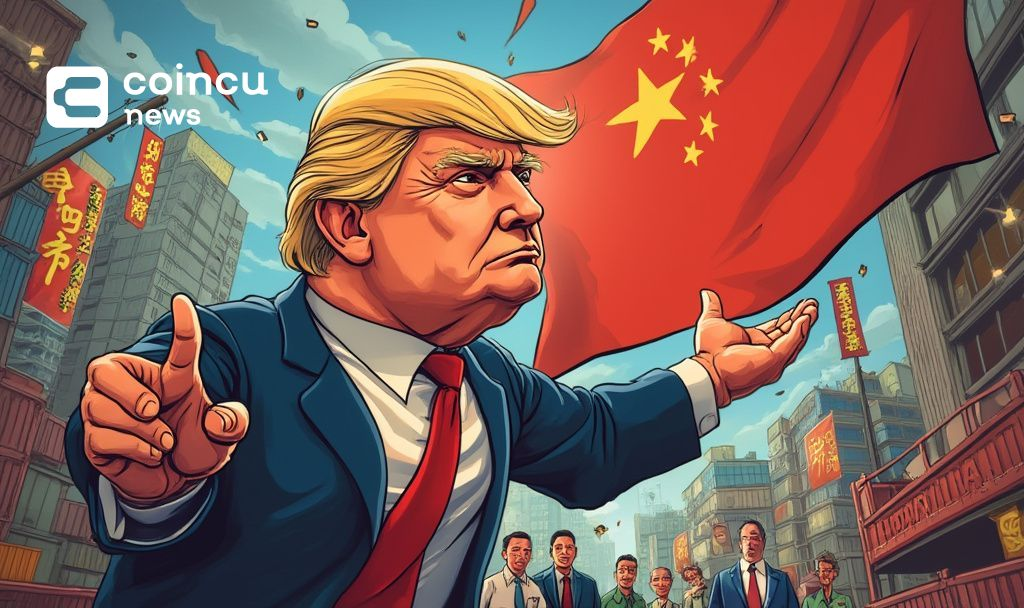- Trump suggests lowering tariffs to facilitate US-China trade.
- Tariffs have nearly halted US-China trade.
- Positive talks indicate possible negotiations.

US President Trump expressed willingness to lower extensive tariffs on imported Chinese goods on May 5th, as reported by BlockBeats News.
The move aims to revive stalled US-China trade, with the tariffs adversely affecting global economy stability.
Trump Considers Dropping Tariffs up to 145% on Chinese Goods
President Trump has indicated plans to reduce tariffs imposed on Chinese goods. These tariffs, reaching up to 145%, have significantly constrained trade activities between the US and China. In response, China has imposed a 125% tariff on US imports, underscoring the mutual economic tension.
The potential reduction in tariffs could ease pressures on American manufacturing and low-cost consumer goods prices. Many industries have reported rising production costs which are expected to stabilize with an easing of trade barriers. This shift in policy could also indicate a start toward fruitful negotiations between the two economic powers, following favorable remarks made by Chinese officials.
Trump’s statement that “China wants to do business very badly” has highlighted the urgency felt on both sides for a resolution. Economic analysts and stakeholders have reacted with cautious optimism, awaiting substantial progress in talks. There are hopes that a clear plan for trade negotiations emerges, avoiding further market disruptions.
Economists Warn of Long-Term Policy Consistency Needs
“The total tariffs on China could reach 145%, as we stand firm against unfair trade practices.” — Donald J. Trump, President of the United States
Did you know? The trade war tariffs between the US and China have contributed to a 20% increase in production costs for US manufacturers, according to the National Bureau of Economic Research.
US-China trade relations have experienced numerous challenges over the past years, often impacting global markets with volatility in pricing and supplies of essential goods. Historically, shifts in tariff policies have led to immediate reactions in commodities markets, underscoring the interconnected nature of global trade consequences.
Economists caution that while tariff resolutions are positive, long-term economic recovery requires consistent policy implementation. Market expectations of further negotiations are tentatively positive, suggesting a stabilization of affected sectors may be on the horizon. Insights from trade experts recommend closely watching upcoming talks for indicators of enduring resolutions.
Source: https://coincu.com/335703-bitcoin-surge-institutional-interest-regulatory-clarity/